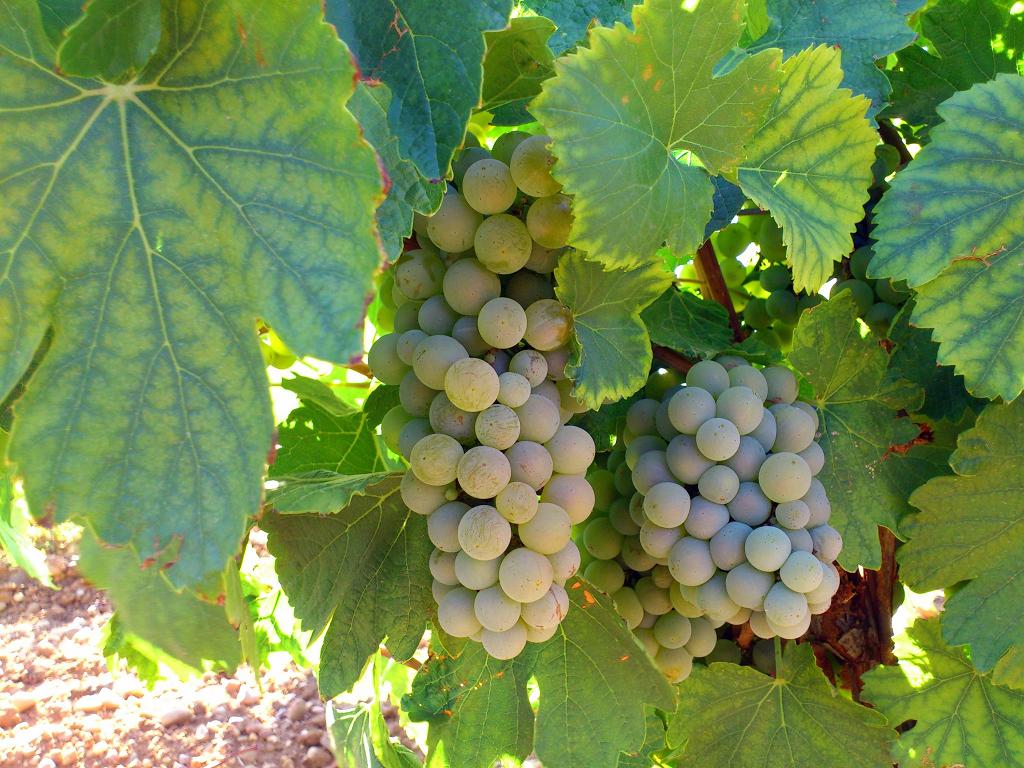In the previous post we recalled the origin of the Tempranillo grape variety and, broadly speaking, the special behavior of this grape variety in Rioja, despite the fact that it is grown practically all over the country under different synonyms.
The Rueda Appellation of Origin is a phenomenon of extraordinary success in the last two decades in Spain. Thanks to the Verdejo variety, it has become the main white wine producing area in the country, even overtaking Rías Baixas with its Albariño. Familia Martínez Bujanda opened Finca Montepedroso in 2010 , in the same municipality of Rueda, in a clear commitment to this wine-growing area and to the Verdejo variety.
Verdejo is a native grape from the south of Castilla y León. The clusters and berries are small and produce very aromatic yet glyceric and full-bodied wines, as can be seen with our Finca Montepedroso. In other words, complete targets (although in recent years ‘temptation’ and the rapid growth of the business has meant that the average quality has been deteriorated that, at the time, made us bet on the area and the variety with a strong investment in our own vineyard and our own winery.
Verdejo cultivation has been spreading throughout Spain (it can also be found in Portugal and Australia) in the shadow of the success of the Rueda appellation of origin (in fact, it has been included among the varieties authorized in Rioja since 2008), although in the last few years it has become one of the most popular varieties in Spain (it can also be found in Portugal and Australia). Martínez Bujanda Family It is clear to us that we would never produce or make Verdejo in La Rioja: terroir, terroir or identity is a consequence, among other things as we saw earlier, of the grape varieties and these adapt, develop and express themselves much better where they have been acclimatized for centuries.




